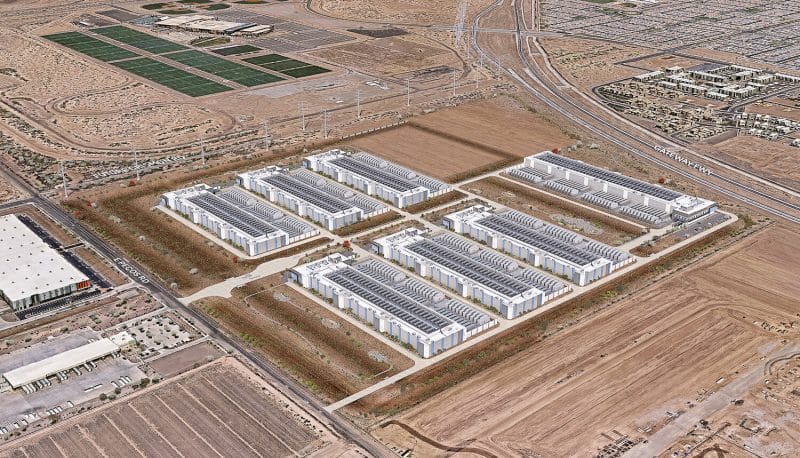By Matthew L. Wald | The New York Times
The Environmental Protection Agency’s latest proposed tightening of limits on sulfur in gasoline, and its previous rules, will most likely have the perverse consequence of retarding the development of cars running on batteries, advanced biofuels or hydrogen — all promising but expensive technologies that have not become mass-market products.
 At the least, domestically produced gasoline and rapid advances in technology to make the internal combustion engine more efficient are likely to help the conventional automobile survive against competition from vehicles powered by electricity, natural gas and other cleaner alternatives.
At the least, domestically produced gasoline and rapid advances in technology to make the internal combustion engine more efficient are likely to help the conventional automobile survive against competition from vehicles powered by electricity, natural gas and other cleaner alternatives.
The E.P.A. last week announced its proposed new Tier 3 rules sharply reducing allowable amounts of sulfur in gasoline, which would help automobiles’ catalytic converters to capture more pollutants. Tier 1, the E.P.A.’s first set of rules, was established two decades ago, under the Clean Air Act of 1990. Tier 2 was a refinement in 2000.
The specifics of the regulatory rules are hideously complex, with restrictions phased in gradually and covering only a fraction of the new cars and trucks each model year. They are applied to several categories, including “heavy light duty truck” and “light duty truck.” But the overall picture is clear: pollutants that in the bad old days were measured in grams per mile are now measured in tenths or hundredths of a gram per mile. In Tier 3 they are measured in thousandths of a gram.
Also: The Fight Over EPA’s Proposed Cleaner Fuels and Cars Standards




